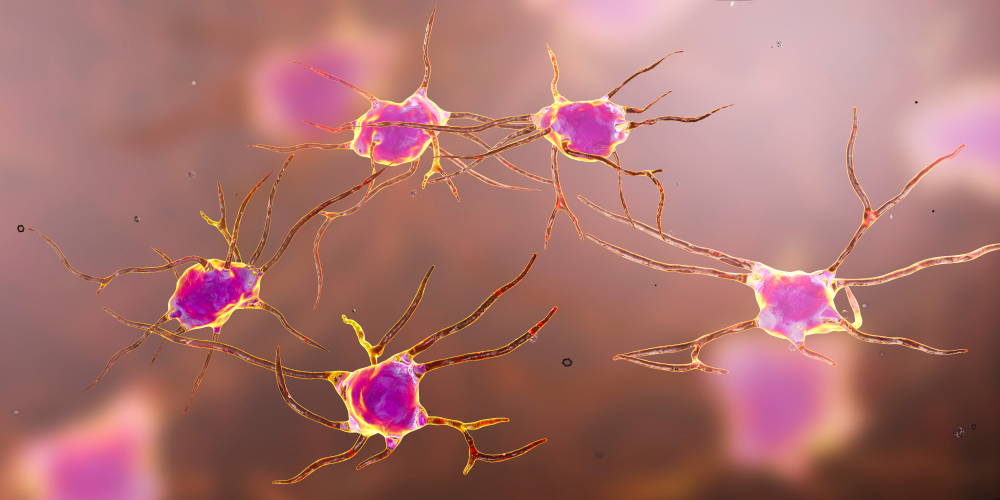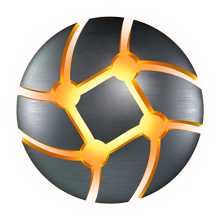What is ataxic cerebral palsy?
In our corner of content on cerebral palsy and Stasism games, we want to answer all of your questions, as well as cover as much as possible on cerebral palsy and its encompassing elements. Therefore this time we want to talk to you about ataxic cerebral palsy. Some of you have raised this question and we’re here to offer some more information.
First of all, let’s talk cerebral palsy
If it’s the first time you hear about cerebral palsy, it might sound scary. If it’s not the first time you hear about it and you already know what it stands for, you might want to know more. So, we’ll take it step by step. Cerebral palsy is a motor disability that affects a person’s movements and coordination. It is caused by damage to the brain pre, during or after birth. Globally, around 17 million people are diagnosed with cp. In Europe, 1 in 1000 live births is related to cerebral palsy.
Cerebral palsy however is non progressive and its symptoms can be improved, depending on each case and if there are any other underlying conditions But therapy is the main focus for people with cerebral palsy, be it in any shape or form, from horse therapy to hippo therapy and ultimately, game therapy, which is the most fun a kid can have.
Types of cerebral palsy
There are four main types of cerebral palsy. However, these extend beyond the four main labels, as each individual is different.
The four main types are:
- Spastic cerebral palsy
- Dyskinetic cerebral palsy
- Ataxic cerebral palsy
- Mixed cerebral palsy
Spastic cerebral palsy affects around 80% of those diagnosed with cerebral palsy according to the CDC. this subsequently splits into other types of spastic cerebral palsy, according to the percentage with which it affects the limbs.. But overall, it means that a person’s muscles with spastic cp are stiff.
Dyskinetic cerebral palsy is characterized by problems with controlling the arms and legs movement, which makes it difficult to sit and walk. Sometimes other parts of the body, such as the face and tongue are affected and there might be issues with talking or other functions.
What is ataxic cerebral palsy?

According to the Cerebral palsy guide, ataxic cerebral palsy affects the motor function. It is mainly characterized by issues with balance and coordination, and these stem for the damage to the control centers in the brain.
People with ataxic CP have issues with walking and movements that require control, such as writing or reaching out for objects. Ataxic CP can affect the hands, arms, legs, feet, eyes and even speech. According to Kidshealth, children with ataxic CP may walk with their feet spread apart and they might have hearing, vision, eating and behavior & learning problems, as well as seizures. Treatment for ataxic cerebral palsy includes occupational therapy, physical therapy, and other types of medical help according to the degree of severity. The treatment plan may include special nutrition as well and certain procedures to help improve movement.
Causes for ataxic cerebral palsy are injury to the cerebellum but other factors that may affect its degree of severity include low birth weight, premature birth, infertilty treatments, infections and medical malpractice.
Ataxic cerebral palsy can be treated and can be improved, just as well as all the other types of cerebral palsy. With the right treatment and right therapy, including game therapy (check out our new platform), you can reach good results and improve the wellbeing of your child.
Read more on what we offer and how you can change the course of your kid’s happiness by using Stasism. We hope that we’ve offered you useful insight and information and that you come back for more.
Stasism is a revolutionary new social online platform with therapeutic physical video games made exclusively for people with Cerebral Palsy. The first of its kind, delivering a constant stream of new and exciting games, characters, features and much more, leading to a happier childhood. Discover how.
